In last week’s tip, I talked about the different ways of storing images in Capture One Pro 7 with either Sessions or Catalogs and the advantages of both.
This week, I will concentrate fully on Catalogs and the two different methods of storing images. These are:
- Fully Managed Image Files (inside Catalog)
- Referenced Image Files (current location)
Managed files are images that are stored inside the Catalog file. Referenced image files are those which exist outside of the Catalog file.
When you create a new and empty Catalog in Capture One Pro 7, regardless of whether you choose to have Managed or Referenced images, a Catalog file must be created.
Choosing ‘New Catalog’ in the file menu of Capture One Pro 7 will open this dialogue:
Here, you can choose a name for the Catalog and where it should be stored. By default, it is placed in the ‘Pictures’ folder on a Mac and in the ‘My Pictures’ folder on a PC, but you can specify any location.
The Catalog file is essentially the database for your image collection. It tracks the location of images and holds information about them – for example, metadata and adjustment settings. If you use Fully Managed Image Files then they will also be stored in this Catalog file. Once created it will appear like this:
Opening a Catalog in Capture One Pro 7 is easy – just double-click on it. You can also have several Catalogs open at once, if you wish.
Once you have set up your Catalog, you can now decide whether to use Fully Managed or Referenced images, or perhaps even a combination of both.
Importing into the Catalog.
For your Catalog to recognize an image, it must be imported into it, via the Import dialog. This ensures the database is kept up-to-date and Capture One Pro 7 knows how to locate the files. It is within the Import dialog that you can choose to have Managed or Referenced image files.
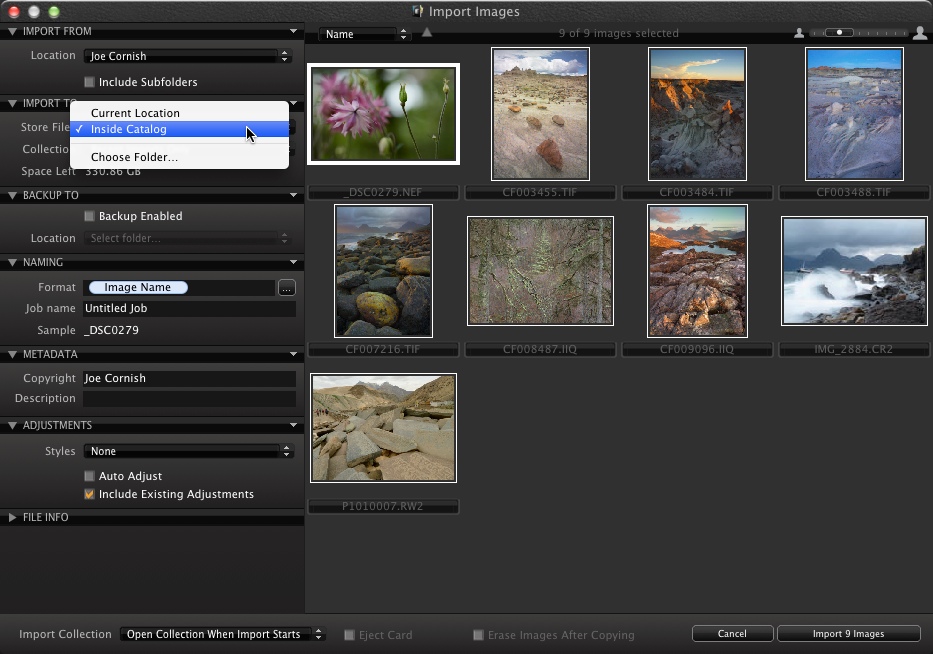
In the ‘Import To’ section of the Import dialogue, choosing ‘Inside Catalog’ will copy and place the images directly inside the Catalog file. These are Fully Managed Image Files.
Choosing ‘Current Location’ will leave the image files where they are. These are Referenced Image Files.
The ‘Choose Folder’ option is useful for importing images from a memory card and copying them to another chosen storage area. These would also be Referenced Image Files as they exist outside the Catalog file.
Fully Managed Image Files
A Catalog with Fully Managed Image Files is very simple to organize and maintain as you don’t have to think about where to place or store the images. The Catalog takes care of that!
Even though the original files are stored insidethe Catalog file, they are not inaccessible or completely hidden from view. In the Mac OSX Finder, right-click on the Catalog file and choose ‘Show Package Contents’.
The following secondary window will appear:
This shows that your original files are stored safely in the folder marked ‘Originals’ and organized by year / month and date imported into Capture One Pro 7.
However! Making any changes into this structure will render the Catalog unreadable or damaged.
A Catalog with Fully Managed Image Files is very easy to backup, as it is simply one file to duplicate and sharing is also quite simple! If multiple users have access to the Catalog then simple mechanisms are in place to prevent damage.
As opening a Catalog in Capture One Pro 7 is like opening a document, you could have different Catalogs for different clients, or even types of photography. Remember though, that any search and filtering would be limited to the currently open Catalog.
Referenced Image Files
If you prefer to store your image files outside of the Catalog file, on any other storage device, then your images will be Referenced Image Files. This way you can also retain an existing folder structure.
Therefore, the images will not be copied and moved inside the Catalog file but remain in their existing location, or another location if you chose to do so in the Import Window.
Using this method means you have no limitation on your storage as you can place the image on very large external devices (for example a RAID or other kind of server) or even across multiple storage devices.
Remember also that the Catalog file and images don’t have to be on the same location. Therefore the Catalog file can be placed on your laptop while the images are on your external storage.
The Catalog file holds a large high-quality Preview of every image in your database so you can still browse your entire Catalog even when you don’t have access to the external storage.
You can even make image adjustments, edit metadata, and change the virtual organization!
Using the Folders area in the Library tool
The location of referenced images is shown in the Folders area of the Library Tool and can be managed here. By default, only the root of the storage and final folder location are shown. To see the complete hierarchy, right click in the Folders area and choose, ‘Show Folders Hierarchy’. This will reveal the complete path from the storage to the imported folder.
Here, you can also add a Folder to the system, by clicking on the ‘+’ icon for the Catalog to recognize. This is not a facility to add images to the catalog (the Import dialogue must always be used for that) but for making a new empty folder to move images too.
Images can easily be dragged and dropped between folders, but make sure you do this within Capture One Pro 7 to keep the Catalog database aware of the changes.
Combining Managed and Referenced Image Files
Your Catalog can also contain a combination of managed and referenced files. If your Catalog is comprised of referenced image files but you would like to go ‘on the road’ with the full raw data then simply drag and drop any images onto the Catalog icon in the Folders area. In the example below, it will move the file from the external storage to the catalog file itself.
Images can also be moved in the same way from the Catalog back to a storage location.
This is another good reason why you might want to add a new folder in the Folders area. For example you can shoot tethered on location into the Catalog file itself and then move these images to your external storage when you are back in the studio or office.
All the best,
Niels
Other Resources
Phase One’s YouTube Channel has plenty of videos on the subject of Catalogs.
Offline Browsing
http://www.youtube.com/watch?v=8IgzqVLtuoE
Catalogs In-depth
http://www.youtube.com/watch?v=H1uj5ytvklo
Working with Referenced Images
http://www.youtube.com/watch?v=HfJHSizFcyE

The Image Quality Professor
The digital pioneer, Niels V. Knudsen, is Phase One’s Image Quality Professor and founder of the IQP blog. Moreover, he is responsible for breakthrough advancements in image quality both in Phase One’s medium format camera systems and in Capture One Pro.



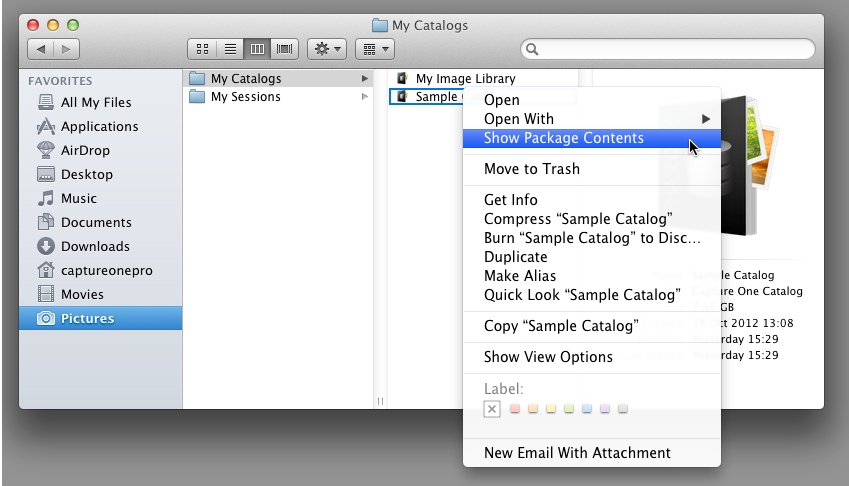
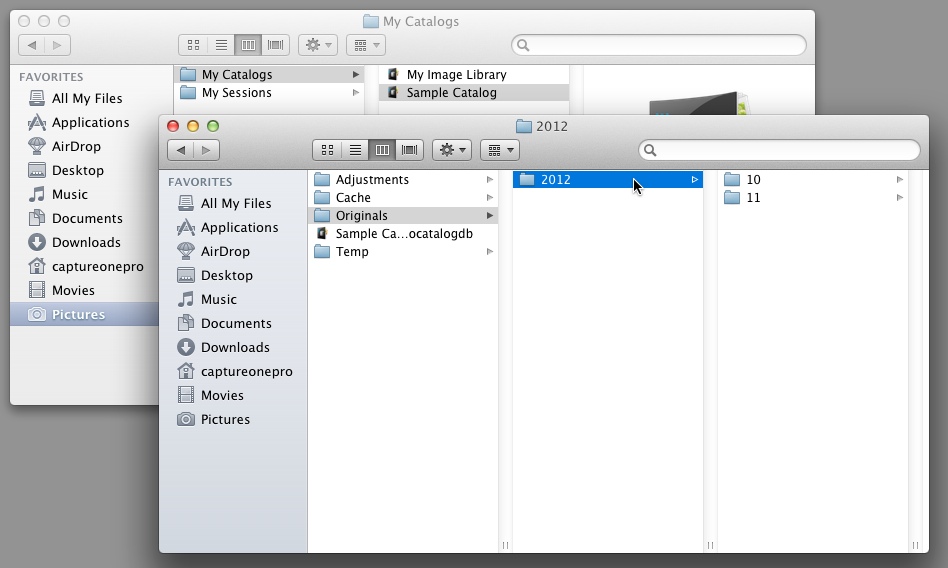
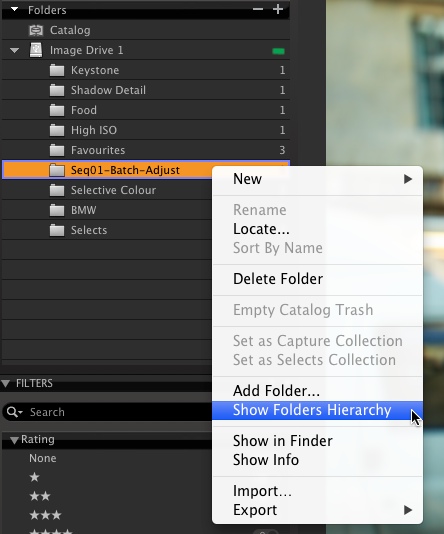
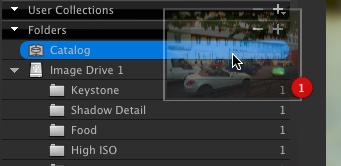

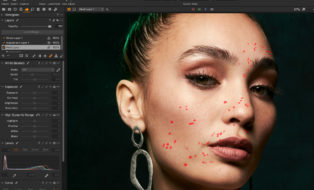

A very interesting comparison between the two choices, thanks! With other systems I’ve found a speed penalty when embedding images in the database, especially as the size of the database grows. Does this general rule apply to C1.7? If so, can you give any guidance on performance v database size?
Dear Malc,
There should be no difference in the user experience whether you are working with files inside the catalog or at their current location. However, if the images are on network drives you might experience a decrease in performance because working over a network is usually slower than working locally on a harddrive.
Regarding guidance on performance vs database size, we cannot provide any specific at the moment because the performance depends on your indivdual set-up. A good rule is that your performance will be affected the more images you import into a catalog.
All the best,
Niels
I am a bit confused. Does these new features in c1.7 make media pro excessive? Or will the two softwares still complement each other?
I was hoping that C1.7’s use of a database would allow multiple users to access the same set of images. Alas this is still the preserve of Media Pro. Although C1.7 allows the database to be on a network drive (unlike Lightroom) and hence shared, it is still only one user at a time. Ah well…
Dear Malc,
More users can access the same database in Capture One Pro 7 on a network drive at the same time, but only one can changes to the database, while others can read.
You can enable this by going into the File menu > Lock catalog.
All the best,
Niels
Dear Magne,
For many Media Pro users, switching to Capture One Pro 7 can make Media Pro obsolete. Users that need the super advanced digital asset management features and control will still find Media Pro highly relevant in their workflow. For them, Capture One Pro 7 will then be a great complement to get the amazing image quality from their raw files.
I hope this answers your question.
All the best,
Niels
I like to use referenced files but on two external devices. I have my primary copy of RAW camera files on a large RAID array at the studio and a second identical copy on backup external drives at home. I like to do editing and printing in both places. Is there an easy mechanism within C1P7 to allow reference to identical RAW files stored on two different external drives?
Dear Rob,
Capture One Pro 7 cannot sync between two drives to keep them in sync. But if you take care of that with a third-party application, doing what you want is possible. If the setup is identical, the answer is to leave the catalog on the external drive itself and sync between the two drives. The references to files are relative to the location of the catalog, so as long as the drives are synced identically, the references should persist across the two drives.
All the best,
Niels
I realize this is a very old post. I hope someone is still monitoring comments. As you are referring to Capture One 9, it is still relevant.
I am preparing for a bit of a photo expedition in which I will put catalogs/photos on a master external drive and have others as backups.
The structure is simple. An outer containing folder. Let’s call it “outer”. Inside outer, at its top level, create the catalog db, call it “catdb”. Add images via import image (from SD card) to folders inside “outer”. Now, it is easy to move everything simply by moving or copying “outer”.
I have recently discovered several inconveniences with this because C1 (v. 9) does NOT use relative links as you state. Sadly–and mistakenly I believe–it uses absolute links.
This is very easy to verify. Connect a USB drive. Create a folder. Create a new catalog inside the folder. Import images to the catalog and save the images in folders (1 or more) inside the original folder. Close C1.
Copy this entire folder onto the local drive of the machine. Eject the USB drive. Start C1. Open the catalog db in the folder you copied from the USB drive. All of the images will appear as offline. Choosing show parent folder in library will show the folder from the now offline volume.
You can fix this quickly by locating the outer containing folder as the copy on the local drive. Now C1 adjusts all links and everything is online.
But, if it were *true*, as you indicated, that the links from the catalog to the images were truly relative this step would not be needed. Please try this simple experiment. Either you are describing what is reasonable (for sure) but not true or there is a pretty big bug.
I have done this experiment several times. Even though the physical images are clearly present, the “links” (paths) in the catalog point to the offline volume. Maybe there is a technical reason that C1 developers can point to. But, it seems unfortunate and it would be better if it really did work as you describe.
Hi Lewis,
I don’t think at any point in the article we described the links as relative?
Indeed if you change the path to the images outside of Capture One then you will indeed need to re-establish links.
I would suggest reading this article…
https://blog.captureone.com/sessions-catalogs-get-the-best-of-both-worlds/
Maybe this would work well for your photo expedition?
David
I used sessions on the road. When home I did not copy the sessions to the master disk and then import the sessions. That approach leaves the manual task of removing all of the session adjustments and metadata on the master disk. Instead, I imported images with adjustments from the external drive that held the sessions. Copying is copying–while a bulk copy might be a bit faster, it is only a bit. This approach worked well and there were no problems at all. You have to do things Capture One’s way: there is no room for interpretation. Once you submit, there is no real problem. I accomplished what I needed to with no fuss. I’d say the whole catalog | session dichotomy needs better documentation. But, not high level theories but very literal discussions of disk organization and procedures. For example, it would appear that import sessions would be very convenient–just import the session and forget about it.
But, not really–you don’t get what you want. Import image lets you perfectly control the process. I have no idea which is faster or if that matters. Import image worked perfectly.
A trick was that I had filled the location metadata field and used it to set the sub-directories for the destination on the master hard disk. So, everything landed in a very well organized way. But, I did have to set the location field properly in advance. This, too, was easy with bulk metadata updates.
Hey Lewis,
Sounds good and definitely a decent process.
David